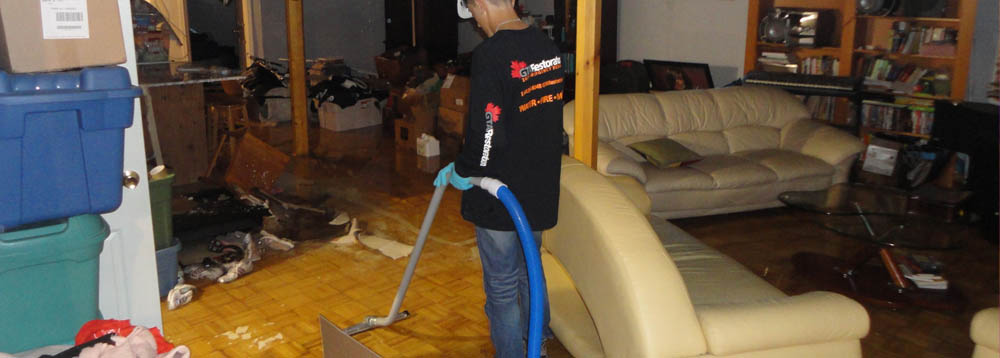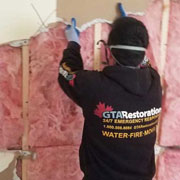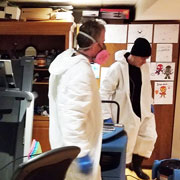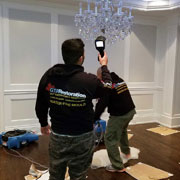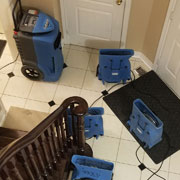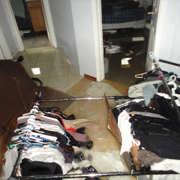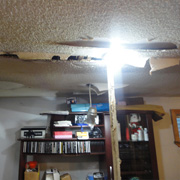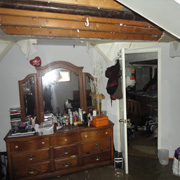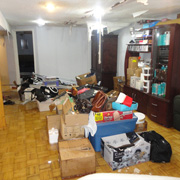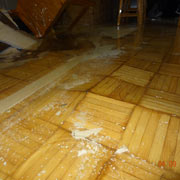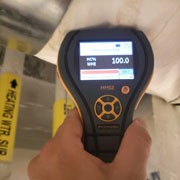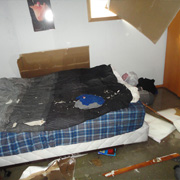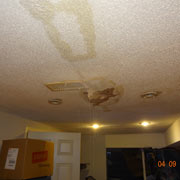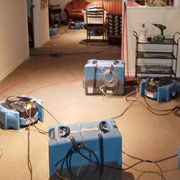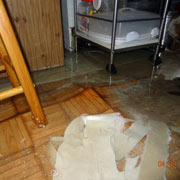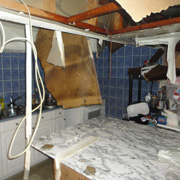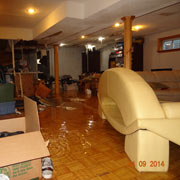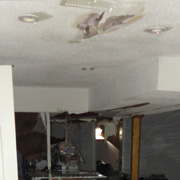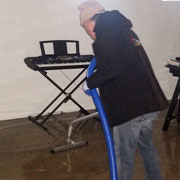Water Damage Restoration & Cleanup Service? All GTA covered 24 Hours.
24-Hours Emergency Response Service - Fire, Mold, Flood & Water Damage Restoration in Toronto & the GTA. When the unexpected happens, it does not just damage your property, it causes chaos in your schedule, budget, and the day-to-day life of your household or office. Restoration Group remedies fire situation with a quick, well-equipped, and effective response team that extends reliable and affordable assistance for your indoor emergencies at any given time of day or night. From fire, water damage, broken plumbing to mold and asbestos issues, our property damage specialists in Greater Toronto can assess, address, and restore your home or building and leave you with less worries, stress, and expenses.
24/7 Emergency Plumbers Near Me, Ready to Help You!
Our Toronto emergency plumber team at Restoration Group is ready to handle any plumbing problem, no matter the size or complexity. We can handle everything from burst pipes and frozen pipes to flooded basements. We are prepared for all situations. Our emergency plumber team has experience dealing with condominium and apartment floods and residential homes. Whether you are a homeowner or condominium property manager, our emergency plumber team is here to serve you in the toughest situations.
Water Damage Cleanup and Black Mold Remediation Experts!
Restoration Group is well-known in the Restoration industry. We have dealt with insurance companies, independent adjusters, property managers, and homeowners for over a decade, and we are the first company that they call in an emergency. No matter what the emergency, whether it be a burst pipe, water damage, or a water leak, Restoration Group is the first to be called.
Water Damage Restoration, IICRC Certified Tech Specialists!
If you have any water damage and need of help, the team at Restoration Group is always ready. Our team is well-trained and has the latest equipment so that we can help you as fast and efficiently as possible.
Toxic Black Mold Removal & Mildew Remediation Services!
Restoration Group has extensive experience working with mold. Our team is fully certified to perform mold tests, mold removal, and mould remediation in the GTA. We have worked with tons of property owners to make sure that all mold is safely removed and will not come back again.
Biohazard Emergency Cleaning
In an emergency Restoration Group is always ready to help at any time the need arises. Our team is prepared and trained in restoring any environment back to its original state after an accident, crime, trauma or biological hazard situation. We take our job very seriously and are always careful to make sure that everybody is able to get through the process easily. If you need help cleaning up after a suicide, accidental death, decomposition or homicide we are here to help you.
Biohazard Decontamination, Trauma Scene Cleaners & Bio-Hazard Fentanyl Cleanup!
We provide careful cleanup and containment of:
- Trauma Scene Death in Home or Business, Hoarding Situation, Meth, Fentanyl and other Drug Lab, Human Decomposition, Feces Removal, Animal Infestation, Crime Scenes, Blood Contamination, Hoarding Cleanup & Remediation Service.
We understand that any situation involving hazardous waste in your home or business can cause stress and anxiety, which is why Contact Restoration Group right away at 416-905-0000 for dependable & experienced biohazard cleanup & remediation services.
If you experience sewage backups, chemical spills, hoarding or other biohazards it can be very dangerous and pose a high healt risk. The team at Restoration Group is specially trained to know how to handle these emergency situations and help you get past them.
Professionalism & Fast Response when you need it most! You have our promise!.


